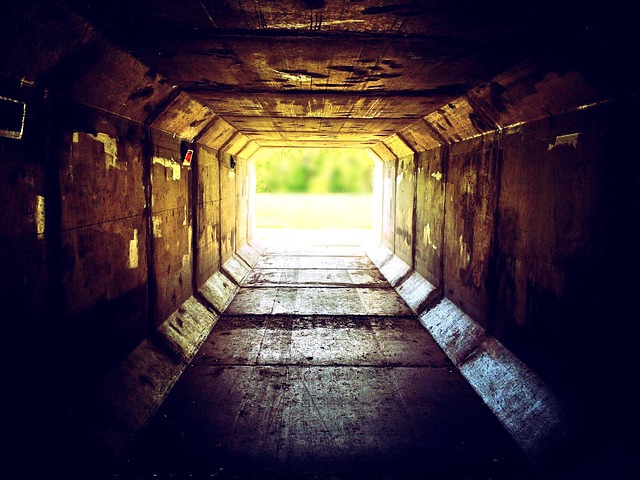Fire-rated framing, governed by codes like IBC, is crucial for construction safety. CAD drafting enables professionals to design compliant layouts using precise dimensions and materials, ensuring structural integrity, thermal resistance, and smoke seal integrity. This method streamlines construction, reduces costs, and enhances safety through early issue identification and optimization. Material selection, guided by approved IBC lists, is vital for non-combustible framing, with CAD software facilitating accurate digital representations for complex modifications while maintaining occupant safety.
Fire safety is paramount in construction, making fire-rated and code-compliant framing essential. This article delves into the crucial aspects of ensuring structural integrity during emergencies. We explore key elements such as understanding local fire codes and building requirements, the role of CAD drafting in achieving compliance, material selection guided by safety standards, and implementing structured layouts for enhanced protection. By adhering to these practices, builders can create safe spaces that meet industry regulations.
Understanding Fire-Rated Framing Requirements
Fire-rated framing is a critical aspect of construction safety, designed to slow or stop the spread of fire and provide crucial time for evacuation. Understanding these requirements involves familiarizing oneself with local building codes and standards, such as those set by organizations like the International Building Code (IBC). These regulations dictate specific materials, methods, and dimensions for structural elements, including walls, floors, and roofs.
Professionals in the industry often rely on framing layout plans and CAD drafting to ensure compliance. These detailed designs incorporate fire-rated materials and assemblies, accounting for factors like thermal resistance, smoke seal integrity, and proper clearances. By adhering to these guidelines and leveraging technology through CAD, builders and designers can create structures that not only meet safety standards but also contribute to the overall resilience of buildings in the face of fire hazards.
CAD Drafting for Code Compliance
In the realm of construction, ensuring safety is paramount, and this begins with precise framing layout and code-compliant design. CAD drafting plays a pivotal role in achieving both. By utilizing Computer-Aided Design (CAD) software, architects and engineers can meticulously create detailed framing plans that adhere to local building codes and safety standards. This digital approach allows for accurate representation of structural elements, dimensions, and materials, ensuring every aspect of the frame meets the necessary criteria for fire resistance and overall structural integrity.
Through CAD drafting, professionals can identify potential issues early in the design phase, streamlining the construction process. It enables them to simulate various scenarios, verify load bearing capacities, and optimize material usage, thereby reducing costs and enhancing safety assurance. With precise framing layouts, builders can confidently construct structures that not only meet but exceed code requirements, fostering a robust and secure environment for occupants.
Material Selection and Safety Standards
When designing fire-rated and code-compliant framing, material selection is paramount. Safety standards mandate the use of non-combustible or fire-resistant materials to create structural integrity during a fire event. In the context of modern construction, this often translates to choosing from approved lists of materials that meet specific performance criteria outlined by national or regional building codes. For example, in North America, the International Building Code (IBC) provides guidelines for material selection, ensuring they can withstand high temperatures and prevent the rapid spread of fire.
Professionals involved in framing projects must also consider the compatibility of these materials with CAD drafting software. Accurate digital representations of the framing layout are essential for compliance verification. Through CAD drafting, architects and engineers can meticulously plan, detail, and document each aspect of the fire-rated framing system, ensuring every component adheres to safety standards. This meticulous approach not only guarantees code compliance but also facilitates efficient construction and potential future modifications while prioritizing occupant safety.
Implementing Structured Layouts for Protection
Implementing structured layouts in framing construction is a key strategy for enhancing safety and ensuring code compliance. By meticulously planning and organizing building components, architects and engineers can create robust structural systems that meet or exceed fire safety standards. This involves careful consideration of material selection, wall configurations, and floor plans to achieve optimal protection against the destructive forces of fire.
Computer-aided design (CAD) drafting plays a pivotal role in this process, enabling professionals to visualize and simulate various framing layouts before construction begins. With CAD software, complex structural elements can be designed, measured, and modified efficiently. This digital approach not only streamlines the planning phase but also guarantees precise dimensions and specifications, ultimately contributing to the overall safety assurance of the building.
Fire safety is paramount in construction, and understanding fire-rated framing requirements is essential. By utilizing CAD drafting to ensure code compliance, professionals can select appropriate materials that meet stringent safety standards. Implementing structured layouts with protective features revolutionizes building design, fostering a safer environment. Incorporating these practices, from material selection to framed layout design, guarantees not just adherence to regulations but also enhanced structural integrity during fires.
